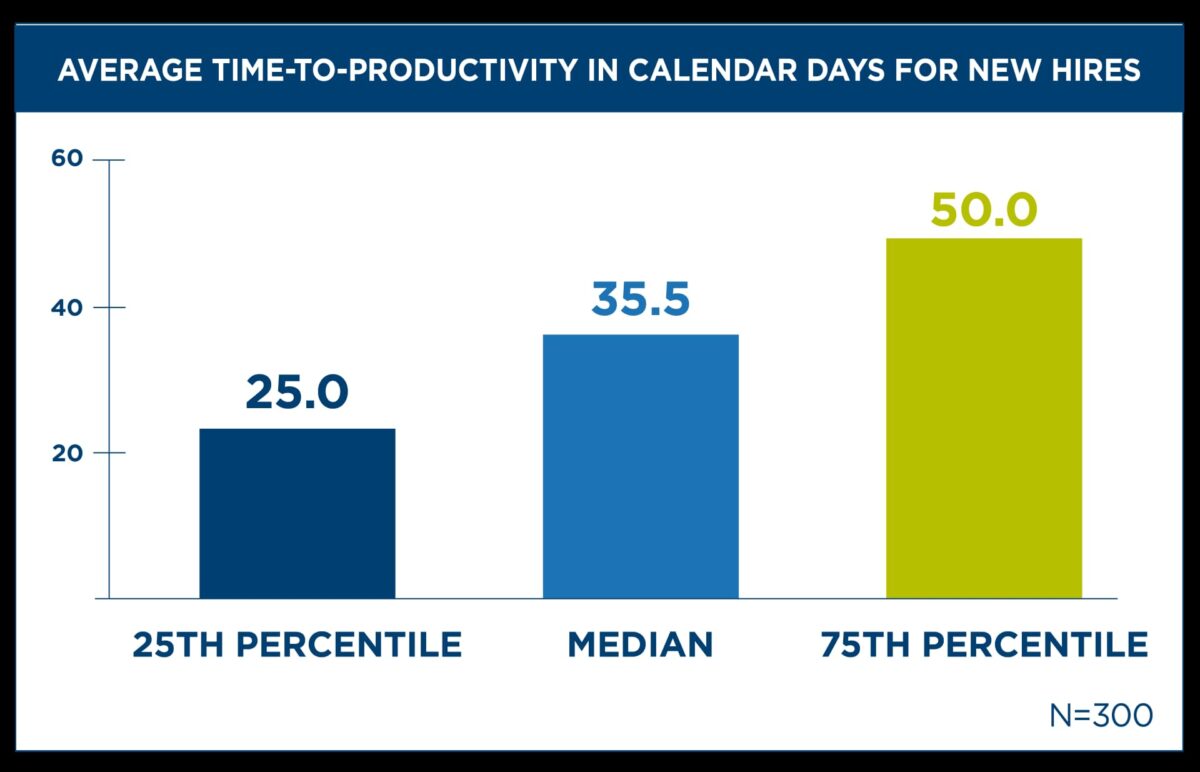
Employee onboarding has become business critical for every organization, and exceptional onboarding can significantly impact the brand, foster engagement, elevate productivity, and enhance retention rates. To achieve excellence in onboarding, organizations need to focus on the six critical elements known as the 6 C’s of onboarding.
Compliance
Compliance forms the foundation of any onboarding process. It ensures that new hires are legally prepared to represent the company. According to a survey by HR.com, 70% of organizations use an automated system to manage compliance-related tasks. Automation can streamline compliance and free up valuable time for HR, allowing for a more personal touch, especially in the later stages of onboarding.
Clarification
Clarification revolves around ensuring that new hires fully understand their roles and what is expected of them. A study by Gallup found that only 50% of employees strongly agree that they know what is expected of them at work. Effective clarification prevents scenarios where a new employee’s efforts are misdirected, resulting in disappointment and potential churn. By aligning their responsibilities with organizational goals and providing continuous feedback, organizations can empower new hires to thrive in their roles.
|
TOP TIP Don’t assume that new hires know everything about the company. Take the time to explain the company’s mission, vision, and values, and how their role fits into the bigger picture. |
Confidence
Once new hires understand their role, the next step is to equip them with the tools and support needed to succeed. Tailored, engaging training programs are crucial for building confidence, and ensuring that new employees have the necessary skills and knowledge. A study by LinkedIn found that 94% of employees would stay at a company longer if that company invested in their career development. Assigning a mentor can also boost confidence. A mentor guides the new hire professionally, helping them grow and develop their skills.
Connection
Creating a sense of connection is pivotal in making new hires feel like part of the team. Strong social bonds at work significantly impact employee satisfaction, engagement, and overall performance. Research shows that employees with friends at work are 20% more productive than those without. To foster connection, organizations can plan pre-start social events for new hires to meet the team before their first day. Encouraging socializing through buddy or mentor systems, collaborative projects, group meetings, and communal breaks can also help.
Culture
Onboarding should extend beyond office logistics and dive into company culture. Employees need to understand not just the spoken but also the unspoken ‘rules of the game’. A study by Deloitte found that 94% of executives and 88% of employees believe a distinct workplace culture is important to business success. New hires should be able to navigate the intricacies of the culture comfortably. This involves explaining what the company culture means in practical terms and providing insights into how things work within the organization.
Checkback
Checkback is the ongoing process of ensuring that new hires are thriving in their roles. It involves checking in with them at critical junctures during their onboarding journey to gauge their well-being and performance. A study by Glassdoor found that employees who receive feedback on their work are 30 times more likely to be engaged than those who don’t. By actively seeking feedback, organizations can address issues promptly and fine-tune the onboarding process for better outcomes.
|
TOP TIP Don’t wait until the end of the onboarding process to seek feedback. Regular check-ins throughout the process can help identify and address issues early on, leading to a smoother onboarding experience. |
The Takeaway
Exceptional employee onboarding goes beyond mere compliance; it encompasses the 6 C’s: Compliance, Clarification, Confidence, Connection, Culture, and Checkback. Each element contributes to creating a more streamlined and engaging onboarding experience that sets the tone for future success.
By investing in these critical components, organizations can enhance the new hire journey and reap the rewards of improved productivity, higher retention rates, and a stronger employer brand.







